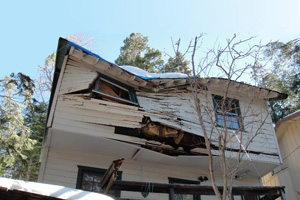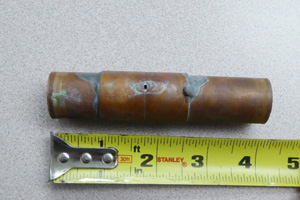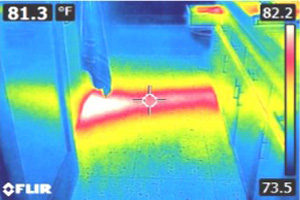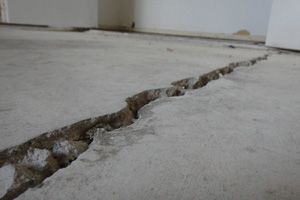SPC has a professional staff of engineers and geologists with over 30 years of experience in performing site investigations and preparing engineering cause and origin reports for residential and commercial property claims. We provide service to the insurance industry for all of Southern California by evaluating site conditions, the cause(s) and origin of damage, the timing of damage occurrence, and whether or not the damage is continuing.
- A licensed engineer works on each project and is available to assist you from start to finish.
- Our reports are easy to read and understand, include captioned/annotated photos, and are embedded with simplifying, explanatory graphics (as needed).
- We customize the format of our reports to meet your specific needs.
- Our fees are very competitive, and the cost of the consultation can be established at the time of project assignment.
- Our turnaround time is short, and a submittal date can be scheduled prior to beginning work.
TYPES OF INSURANCE CLAIMS
Since 1990, SPC has been performing engineering evaluations on property claims for over 30 insurance companies. Having performed over 7,500 residential and commercial property inspections to date, we have encountered and evaluated virtually every type of claim:
|
Structural Damages Roofs & Framing
Walls & Ceilings
Floors
Foundation
Appurtenances
|
Water Loss
Slopes and Grounds
Wind/Storm Damage
Other
|
    |
LEVELS OF INVESTIGATION
For property claims, our firm primarily performs three levels of investigation: Limited Engineering Review, Preliminary Engineering Investigation, and Subsurface Geotechnical Investigation. The level of investigation will vary depending on the specifics of each claim.
|
Limited Engineering Review: |
|
|
Scope: |
A Limited Engineering Review is generally the most requested level of investigation. The damage is visually evaluated and analyzed based on the patterns of damage and appearance, background information, review of in-house files, and our professional experience and engineering judgment. |
|
Presentation: |
The findings and conclusions (including cause and origin) are presented in a report format, which includes captioned and annotated photographs of the most significant stress features. |
|
Turnaround: |
The report is generally submitted within five working days of the inspection. |
|
|
|
|
Preliminary Engineering Investigation: |
|
|
Scope: |
A Preliminary Engineering Investigation involves visually evaluating and analyzing damage based on the patterns of damage and appearance, background information, review of in-house files, and engineering experience and judgment. In addition, a floor-level (manometer) survey will be conducted to identify the foundation behavior and formulate engineering opinions. |
|
Presentation: |
The findings, conclusions (including cause and origin), and recommendations are presented in a report format that includes explanatory graphics, determination of engineering mechanisms, and photographs of the most significant stress features. |
|
Turnaround: |
The report is ready approximately two weeks after the field investigation is completed. |
|
|
|
|
Subsurface Geotechnical Investigation: |
|
|
Scope: |
A Subsurface Geotechnical Investigation is performed to determine the soil behavior and/or subsurface conditions of the site. This type of investigation may include floor-level/elevation surveying, subsurface excavation/soil sampling, and laboratory testing. Examples of pertinent issues that may indicate a need for a subsurface investigation include landslides, foundation and structural movement, flooding and/or damages related to poor drainage, ground vibrations due to earthquake or construction activity, etc. The subsurface investigation will generally include the excavation of test pits and borings to sufficient depths to collect soil samples and analyze them for their engineering characteristics. |
|
Presentation: |
A final report will include explanatory graphics, determination of engineering mechanisms, analyses of subsurface conditions, and presentation of findings, conclusions (including cause and origin), and recommendations for remediation/repairs as necessary. |
|
Turnaround: |
The report is ready three to five weeks after the field investigation is completed. |
|
|
|
Supplemental Work
For any of the above investigations, additional work (if necessary) that can be performed includes but is not limited to: rainfall/wind analysis, water/gas consumption analysis, document review, topographic survey, drone photography, and City research.

